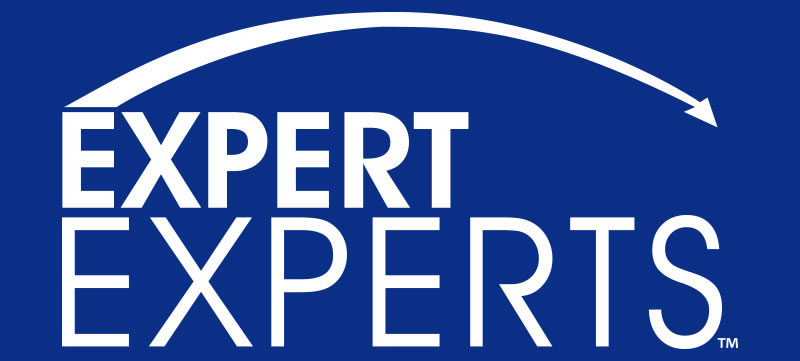Powered by MOMENTUM MEDIA
Powered by MOMENTUM MEDIA
Promoted by

Only 10 years after the Rules and Practice Notes mandated Conclaves and Joint Reports in NSW the Courts are starting to impose them, and for the unprepared the results aren’t pretty.


Only 10 years after the Rules and Practice Notes mandated Conclaves and Joint Reports in NSW the Courts are starting to impose them, and for the unprepared the results aren’t pretty.
The Courts have been concerned about the impartiality of expert witnesses since at least 1843.i
Those concerns eventually led to the introduction of Expert Witness Codes of Conduct ii in most jurisdictions (by the start of the 21st Century) as well as to Rules iii and Practice Notes iv for conclaves and joint reports.
Although introduced in 2005 in NSW, for a variety of reasons conclaves and joint reports have been relatively rare occurrences in many areas of practice and jurisdictions. But not anymore.
Parties are finding that the Courts are taking up these procedures with a will, and the indications are that this trend is likely to increase until they are the norm.
Many practitioners are (rightly) concerned with this trend given just how many conclaves and joint reports have gone so badly wrong.
The simple fact is that while the objectives are good, in most cases the processes around conclaves and joint reports are bad, which is why so many conclaves and joint reports go wrong so often. By “wrong” we don’t mean that a particular party didn’t get the substantive outcome it hoped for, but that the process utterly failed to achieve the stated objectives of holding a conclave and obtaining a joint report.
One of the key features of this process is that practitioners are usually not present at conclaves and have no input into the preparation of the final joint report, and so do not know why the process has failed.
For that reason Expert Experts conducted in-depth qualitative interviews with a range of experienced expert witnesses about conclaves and joint reports.
Their answers were illuminating, and point to some obvious flaws with current “standard” processes being adopted by many legal practitioners. The key findings were that most expert witnesses:
In summary, if you’re are relying on a “process” premised on a group of often sole practitioner experts with varying degrees of experience with conclaves, and busy professional schedules, coordinating among themselves to produce a joint report that adequately addresses all of the relevant issues in a useful and potentially admissible form, without any one person being ultimately responsible for delivering the outcome … good luck. You’ll need it.
If you want a realistic chance of a sensible outcome that achieves the objectives of the conclave and joint report process you need to have an actual “process”. The best way to do that appears to be by appointing an independent facilitator to manage the process in the same way that legal practitioners are case-managed by Registrars and Judges, with the facilitator also acting as the central coordinating point between the parties, the experts and the Court.
There’s a cost to having a facilitator, but discussions with legal practitioners who have had conclaves go wrong suggest that it’s nominal compared with the costs of trying to untangle and deal with the consequences of a conclave and joint report gone wrong.
Notes:
This article is a summary of some parts of a Joint Paper entitled “Expert Witness Conclaves Explained” prepared by Eugene Romaniuk S.C. and Bruce G. Smith, Barristers, of Jack Shand Chambers.
Mr Romaniuk S.C. http://www.jackshand.com.au/barristers/senior-counsel/eugene-romaniuk-sc/
Mr Smith http://www.jackshand.com.au/barristers/counsel/bruce-smith/
That Joint Paper was in turn based in part on proprietary research conducted by Bruce Smith in his capacity as a Director of Expert Experts Pty Ltd, on informal discussions with various Legal Practitioners, as well as on a review of Authorities on Conclaves and Joint Reports.
Links:
UCPR 2005 (NSW)
Part 31.24 http://www5.austlii.edu.au/au/legis/nsw/consol_reg/ucpr2005305/s31.24.html
Part 31.25 http://www5.austlii.edu.au/au/legis/nsw/consol_reg/ucpr2005305/s31.25.html
Part 31.26 http://www5.austlii.edu.au/au/legis/nsw/consol_reg/ucpr2005305/s31.26.html
Supreme Court Practice Notes
Practice Note No. SC Gen 11 - Joint Conferences of Expert Witnesses - 17 August 2005
http://www.lawlink.nsw.gov.au/practice_notes/nswsc_pc.nsf/a15f50afb1aa22a9ca2570ed000a2b08/991e2f2f3bcd8289ca2572ed000cec4b?OpenDocument
Practice Note No. SC CL 5 - Supreme Court Common Law Division – General Case Management List - 29 January 2007
http://www.lawlink.nsw.gov.au/practice_notes/nswsc_pc.nsf/a15f50afb1aa22a9ca2570ed000a2b08/4cd3129c77a5419cca2572ed000ceca8?OpenDocument
Selected interesting cases on Conclaves and Joint Reports
Campton v Centennial Newstan Pty Ltd (No 1) [2014] NSWSC 304 (Hall J)
https://www.caselaw.nsw.gov.au/decision/54a63cda3004de94513dba94
X v Sydney Children’s Hospitals Specialty Network (No 5) [2011] NSWSC 1351 (Adamson J)
https://www.caselaw.nsw.gov.au/decision/54a6364c3004de94513d9088
i See; The Tracy Peerage (1843) 10 Cl & F 154 at 191 8 ER 700 at 715, and more generally, Dasreef Pty Ltd v Hawchar (2011) 243 CLR 588, [56]–[58] (Heydon J).
ii Eg - Schedule 7 to Uniform Civil Procedure Rules 2005 (NSW), see also, The Ikarian Reefer (1993) 2 Lloyd's Law Reports p.68, and, Whitehouse v Jordan (1981) 1W.L.R. 246
iii See: Uniform Civil Procedure Rules 2005 (NSW): Part 31 “Evidence” Subdivision 2 “Expert witnesses generally” Rules 24 “Conference between expert witnesses”, 25 “Instructions to expert witnesses where conference ordered before report furnished “ and 26 “Joint report arising from conference between expert witnesses”.
iv See: NSW Supreme Court Practice Note SC Gen 11 “Joint Conferences of Expert Witnesses” 17 August 2005; and; NSW Supreme Court Practice Note SC CL 5 “Common Law Division – General Case Management List” 29 January 2007 – see clause 36-40 which makes a Joint Report the default position in personal injury actions.
